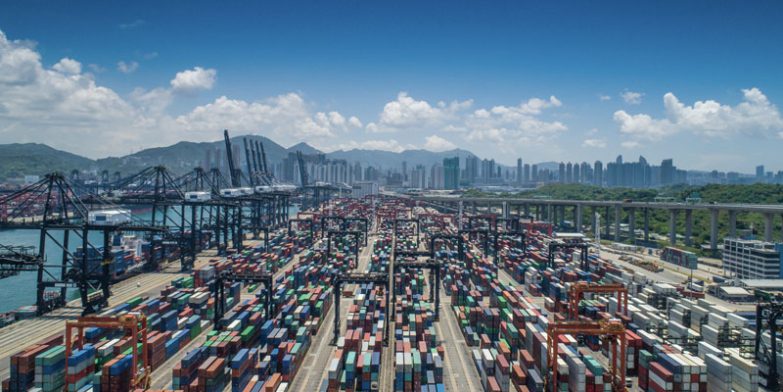
Diversions around the Red Sea and port congestion have absorbed any excess sea freight capacity that existed at the end of 2023, with spot rates rates more than doubling since early May and with the market entering the traditional typical peak season for demand, the focus is equally on supply uncertainties.
Spot container rates from Asia to Europe and the US are up 300% in six months and could soon reach triple figures, and there are valid fears that it would not take very many more disruptive factors for rates to hit the highest of the pandemic highs.
As it is, with current demand levels it’s almost certain we’ll see a couple of months of significant pressure, with lines pushing further rate hikes and potentially reaching those pandemic high levels.
Ship bunching and congestion spread to ports in Asia including Port Klang, Shanghai, Qingdao, Guangzhou and Shenzhen over Q2, although this has been easing partly due to increased transshipment through India, which is now experiencing its own congestion issues.
In Singapore, delayed shipments increased by almost half in May compared to the previous year and as of June 25th, delays were up 27% year-over-year.
Adding to the bottlenecks is a demand surge driven by the fear of missing out, a reflex developed during the pandemic. Imminent US tariffs on Chinese imports and the potential for a late-summer strike at East and Gulf coast ports are prompting earlier-than-usual orders.
However, unlike the prolonged high rates seen during the pandemic, this surge is expected to be shorter-lived and rates will settle back as some of these problems are lessened, either by the new tonnage being phased-in.
In the short-term, global shipping delays and a shortage of empty containers in key export markets are major concerns, likely leading to a few more months of strain.
Given this background, here are three outlooks for the second half of 2024:
The pessimist
Ships continue avoiding the Red Sea, early peak-season demand remains strong, and port congestion persists for months, extending global disruptions past 2025’s Chinese Lunar New Year in late January. A strike by dockworkers on the US East and Gulf coasts would push container rates to the record highs seen during the pandemic.
The optimist
The Houthi attacks in the Red Sea cease, allowing carriers to resume sailing through the Suez Canal and rebuild schedule reliability. After a few chaotic months, capacity would again overtake demand, with cargo rates dropping back, possibly even to the low pre-pandemic levels between Asia and the US and Europe.
The pragmatist
The current strong demand softens, indicating that an early peak season was triggered by orders being pulled forward from the third and fourth quarters due to looming US tariffs on Chinese imports, Red Sea delays, and port strike concerns. Spot rates might peak around $10,000 per 40-foot container in Q3, but would decrease later in the year.
Whichever route the sea freight market takes, our contracts with the shipping lines protect space and rates, to consistently deliver cost-effective, resilient and reliable ocean freight solutions on every trade-lane.
If you have any questions or concerns about any of the issues raised here, or would like to discuss their wider implications for UK and European shippers, please EMAIL Andy Costara.
For US related supply chain questions or to learn more about our services please EMAIL Adam Davies, our Vice President in the United States.





